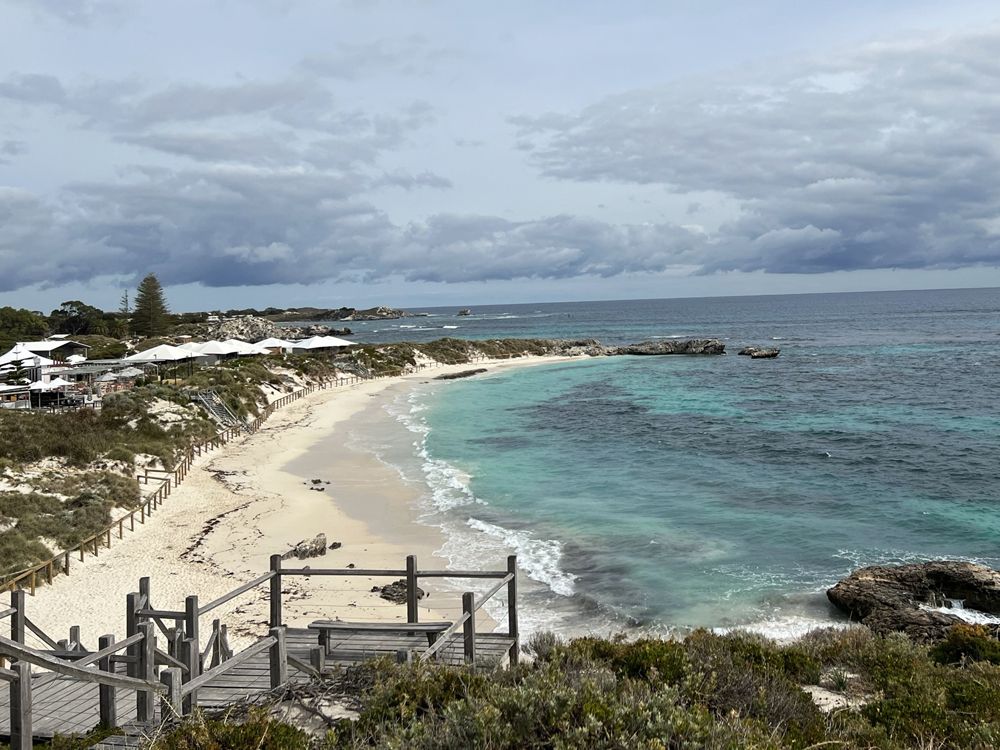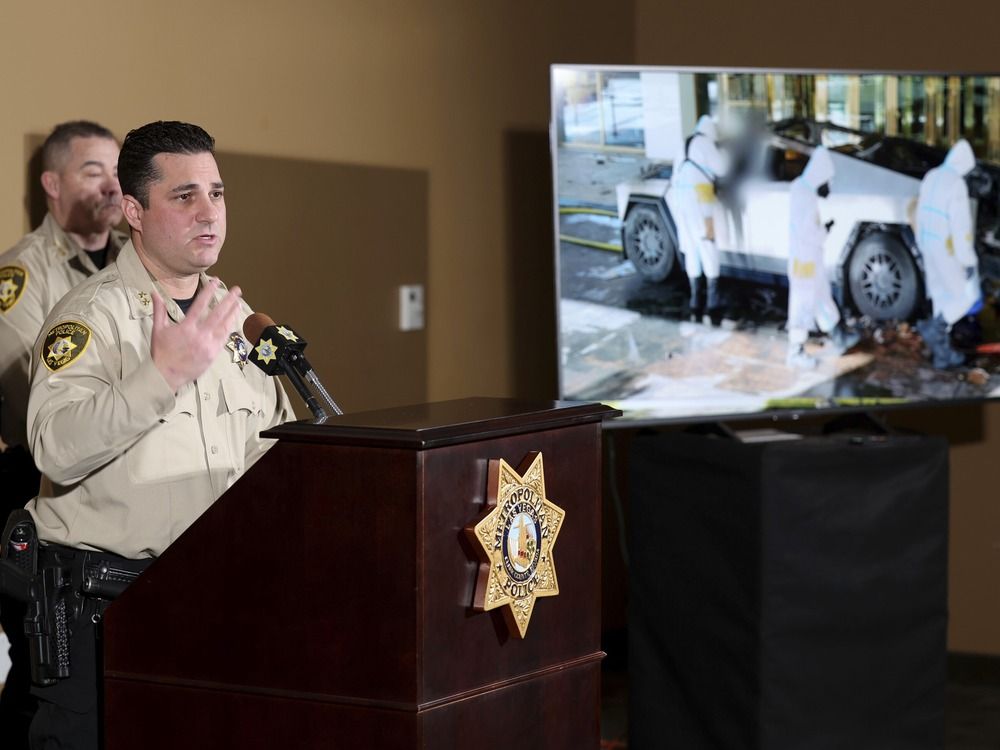Known as J61, the baby female orca was seen struggling according to a Christmas Day social media post
Published Jan 01, 2025 • 3 minute read

It’s not a New Year’s story anyone wanted to hear.
Article content
Article content
Tahlequah, the mother orca who became world-famous in 2018 for carrying her dead calf on her head for 17 days and 1,600 kilometres, has lost a second calf.
J61 was born just before Christmas in Puget Sound.
“New Year’s Eve 2024 was a day of extreme highs and lows,” according to a Facebook post by the Washington-based Center for Whale Research. “We have confirmation of another new calf in J pod, but sadly, this was combined with the devastating news that J61 has not survived.”
Advertisement 2
THIS CONTENT IS RESERVED FOR SUBSCRIBERS ONLY
Subscribe now to read the latest news in your city and across Canada.
- Unlimited online access to articles from across Canada with one account.
- Get exclusive access to the Vancouver Sun ePaper, an electronic replica of the print edition that you can share, download and comment on.
- Enjoy insights and behind-the-scenes analysis from our award-winning journalists.
- Support local journalists and the next generation of journalists.
- Daily puzzles including the New York Times Crossword.
SUBSCRIBE TO UNLOCK MORE ARTICLES
Subscribe now to read the latest news in your city and across Canada.
- Unlimited online access to articles from across Canada with one account.
- Get exclusive access to the Vancouver Sun ePaper, an electronic replica of the print edition that you can share, download and comment on.
- Enjoy insights and behind-the-scenes analysis from our award-winning journalists.
- Support local journalists and the next generation of journalists.
- Daily puzzles including the New York Times Crossword.
REGISTER / SIGN IN TO UNLOCK MORE ARTICLES
Create an account or sign in to continue with your reading experience.
- Access articles from across Canada with one account.
- Share your thoughts and join the conversation in the comments.
- Enjoy additional articles per month.
- Get email updates from your favourite authors.
THIS ARTICLE IS FREE TO READ REGISTER TO UNLOCK.
Create an account or sign in to continue with your reading experience.
- Access articles from across Canada with one account
- Share your thoughts and join the conversation in the comments
- Enjoy additional articles per month
- Get email updates from your favourite authors
Sign In or Create an Account
or
Article content
A team from the centre hit the water on Dec. 30 after receiving reports of another new calf, J62, which is when it discovered J61 had not survived.
The J-pod is one of three that make up the endangered population of southern resident killer whale.
“The death of any calf in the SRKW population is a tremendous loss, but the death of J61 is particularly devastating, not just because she was a female, who could have one day potentially led her own matriline, but also given the history of her mother, J35, who has now lost two out of four documented calves — both of which were female.
“The entire team at the Center for Whale Research is deeply saddened by this news and we will continue to provide updates when we can.”

Baby orcas have perhaps a 50-per-cent mortality rate, although it’s a very rough estimate, the director of marine mammal research at the institute for oceans and fisheries in UBC’s zoology department said before the news of the death was posted.
With the endangered southern resident pod, that figure could be as high as 70 per cent, Andrew Trites said, but it’s a guess.
“The average killer whale does not have many calves in her lifetime, she’s not like a rabbit,” he said.
By signing up you consent to receive the above newsletter from Postmedia Network Inc.
Article content
Advertisement 3
Article content
“She’s probably not going to start to reproduce until she’s around the age of 12, she’s going to have one calf maybe every three to four years and it’s a fairly short (reproductive) period.”
Often it’s an orca’s first baby that dies because the new mother doesn’t know exactly what to do, Trites said.
Tahlequah is obviously a caring mother — or she wouldn’t have tried to keep her 2018 baby above the water for so long — and, perhaps to a lot of people’s surprise, she’s an experienced mother.
“The first born has a higher probability of dying, largely due to inexperience,” Trites said. “It’s about the challenge of nursing.”
It’s not like there’s a breastfeeding clinic for orcas, he pointed out.
“In the case of Tahlequah, she’s now had four calves,” Trites said.
Her first, born 14 years ago, is still alive, as is her third (born in 2020). Both are male.
Because the now two deaths can’t be chalked up to inexperience, it’s possible both ill-starred babies died from a congenital problem, Trites believes.
The reasons given are many for why the southern resident orcas struggle so: Underwater noise, contaminated water, lack of their preferred fish.
Advertisement 4
Article content
They’re all problems the group faces, but Trites thinks a lot of the population’s problems come down to its small size — about six dozen — and inbreeding.
It would be impossible to know exactly why so many of the calves die without performing autopsies on each.
“In some respects, from the science side, it’s unfortunate we weren’t able to find out what the cause of death was (in 2018), and so we can just speculate, and my speculation would be probably inbred with some congenital problem.
“And we know among humans that not every baby that’s born survives, that there are complications that come up, sometimes during the birthing itself.”
A calf born to another mother in the pod two months ago didn’t survive.
But Trites noted that until relatively recently, before modern hospitals and things like antibiotics, human babies also had a high mortality rate.
It’s estimated Tahlequah is 26 years old, so she may have three or four more babies, he said.
Recommended from Editorial
-

Salish Sea too noisy for endangered resident orcas to hunt successfully, according to new research
-

Census shows three killer whales lost from endangered population in B.C. and Washington state
Article content
.png)
 6 days ago
19
6 days ago
19




































 Bengali (BD) ·
Bengali (BD) ·  English (US) ·
English (US) ·